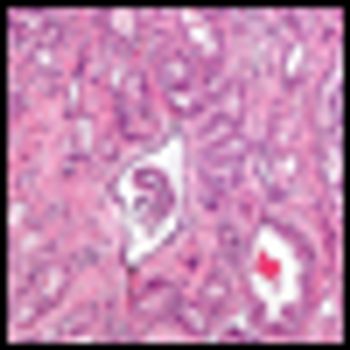
Localized prostate cancer treatment with surgery or radiation results in similar long-term side effects, such as erectile dysfunction and urinary incontinence.

Your AI-Trained Oncology Knowledge Connection!



Localized prostate cancer treatment with surgery or radiation results in similar long-term side effects, such as erectile dysfunction and urinary incontinence.

Focal therapy is an appealing addition to our current AS strategies. As a “lesser evil,” focal therapy is showing promise as a therapy that can provide cancer control, while also avoiding many of the radical treatment–associated morbidities.

The ideal utilization of focal therapy is to treat a smaller prostate cancer in which you can ablate, excise, or render inconsequential a tumor that affects a relatively small fraction of the gland.

In this review we focus on the recent evolution of the concept of focal therapy and the potential applications of this management approach within an array of options currently available for patients with localized prostate cancer.

A new study shows that chemoprevention with anti-androgen therapies does not benefit all patients at risk for prostate cancer, and that in patients with a certain genetic mutation they can spur on more aggressive disease.

Recent progress in our understanding of the pathogenesis of advanced prostate cancer has heralded a new era in treatment. Numerous agents now populate the treatment landscape, and an impressive number of novel agents are in development. However, many questions remain unanswered, paving the path for discovery in the future.
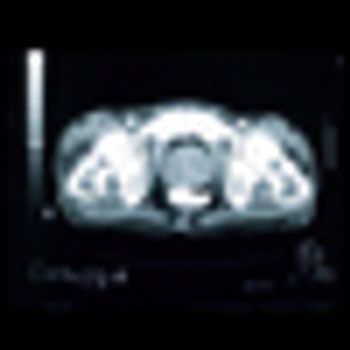
This review summarizes recent findings in clinical prostate cancer research reported at the 2012 Annual Scientific Meeting of the American Society of Clinical Oncology (ASCO) and addresses their relevance to clinical practice.
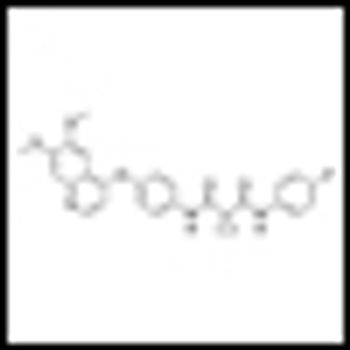
A phase II study indicates that cabozantinib has strong antitumor activity in advanced castration-resistant prostate cancer and improves bone scan lesions.
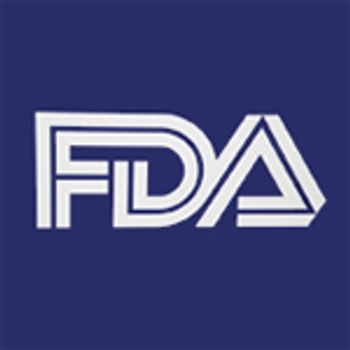
The expanded FDA approval of abiraterone acetate (Zytiga) now includes its use prior to chemotherapy in men with metastatic castration-resistant prostate cancer.
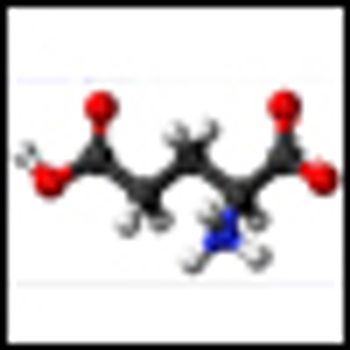
Researchers have identified a targetable metabolic pathway important for the growth of prostate cancer. The research may also have identified a potentially useful biomarker that can measure the aggressiveness of primary prostate tumors.
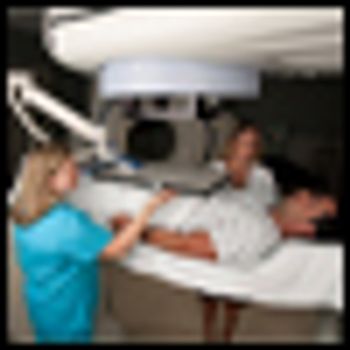
Radiotherapy directly after a prostatectomy in prostate cancer patients has long-term benefits, says a 10-year study. The study shows that radiation can prevent biochemical progression, as measured by rising prostate-specific antigen (PSA) levels.

Two groups have each identified distinct gene signatures that may better predict the aggressiveness of prostate cancer at diagnosis.
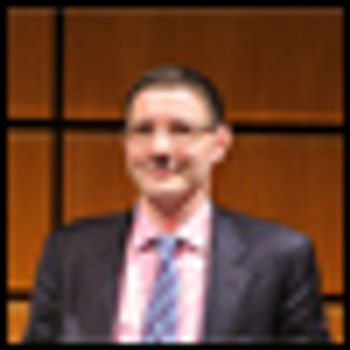
Data presented from phase II trials at the ESMO 2012 Congress show that two new agents, ODM-201 and tasquinimod, are active in prostate cancer.
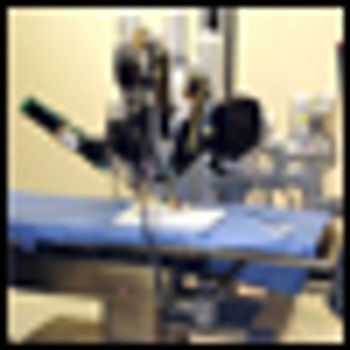
Using available data from published studies, researchers found that the advantage for men treated for early low-risk prostate cancer with radical prostatectomy have only a two or three month advantage compared to those who are actively monitored.

The FDA has approved the production and use of 11C choline, an agent used to detect recurrent prostate cancer during PET imaging.

A new study found that aspirin use was associated with a reduced risk of prostate cancer mortality in patients previously treated with prostatectomy or radiotherapy.

Intermittent androgen deprivation was shown to be as effective as continuous therapy in terms of overall survival for men with prostate cancer whose PSA levels were rising after initial or salvage radiotherapy.
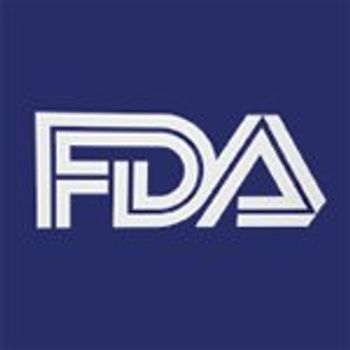
The FDA approved enzalutamide, a once-daily oral therapy for men with metastatic castration-resistant prostate cancer that has either spread to other organs or recurred, despite prior surgical or medical treatment.
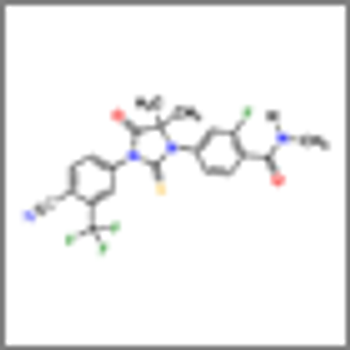
Results of the phase III AFFIRM trial shows that enzalutamide (MDV3100) significantly prolonged survival of men with metastatic castration-resistant prostate cancer after chemotherapy

We discuss the current controversies in prostate cancer-PSA screening and approaches to initial treatment for men diagnosed with the disease.

According to a study in the journal Cancer, without the use of PSA screening the number of men presenting with cases of metastatic prostate cancer would be three times greater than the actual number observed today.
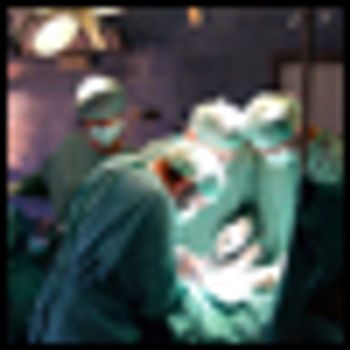
The results of the 12-year PIVOT trial shows men with early-stage prostate cancer who had a radical prostatectomy did no better than those actively monitored without surgery.

How should oncologists advise patients about the best surgical approach to use to treat their prostate cancer? Quite simply, it is the surgeon, not the approach. The self-fulfilling prophecy about surgery is that the best surgeons tend to do the most surgeries, so an easy metric is volume.

In summary, both RALP and ORP are excellent operations in experienced hands. They are also technically difficult to perform consistently well, so in my view, surgeons should attempt to master the operation they perform rather than hastily switching to robotic surgery, unless they have an opportunity for significant mentorship and surgical volume.

We fervently hope that all surgeons will participate in a comparative outcomes project for the purpose of quality improvement. However, today we will settle for one, we hope, skilled surgeon, open or robotic.